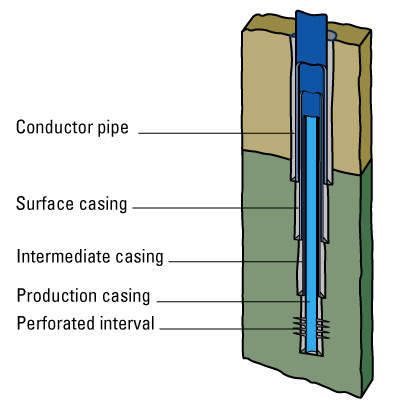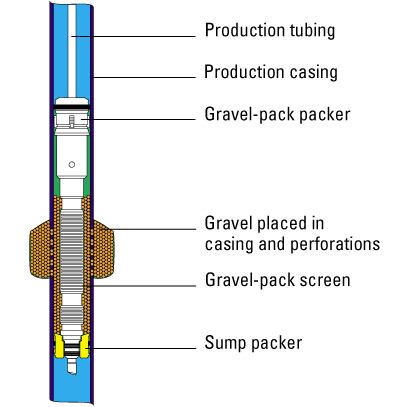Blowouts are easily the most dangerous and destructive potential disasters in the world of oil drilling. Not only can they lead to serious injury and even death, but they can also cause massive, debilitating production shut-downs and can have a negative effect on future production from the lost well. Blowouts can also cause severe ecological damage. As with any potential disaster, prevention is the first step in avoiding an otherwise costly and dangerous situation. These preventative measures are called, collectively, Well Control.
"A clearer phrase [than Well Control] might be Blowout Prevention," said Barry Cooper of Well Control School, an organization, which has offered well control training programs to the oil and gas industry for more than 25 years. "Blowout Prevention is simply the training and understanding of how to prevent this from happening."
Blowout prevention is a very broad term that can encompass anything from the precautionary methods used on rigs to prevent "kicks" -- the unexpected and undesired flow of formation fluids into a well -- from developing, to the use of sophisticated devices called Blowout Preventers (or BOPs) designed to close off a well in the face of a looming blowout.
The first stage of blowout prevention is preparedness. Most countries and corporations require certification in well control practices from all drilling employees, a policy that underscores the potential danger of a blowout.
To prevent kicks, drilling operators must use "drilling mud," otherwise known as drilling fluid, a viscous mud-like substance that comes in varying densities, to balance the tremendous upward pressure of the formation fluids surging up the well. The downward pressure of the drilling fluid is called bottomhole pressure. Drilling fluid engineers must be vigilant and careful to ensure that the pressures reach equilibrium, a tedious but vitally important task.
"The working [drilling] fluid in a well is considered the primary barrier against blowouts," explained Cooper. "Theoretically, if the formation pressure is greater than the bottomhole pressure, formation fluids could enter a well and, if uncontrolled, develop into a blowout."
BOPs
Should a kick develop, though, there are several fail-safes in place. These heavy, specialized devices are called Blowout Preventers (BOPs). BOPs are essentially large valves on the surface of the well which quickly shut off the well as a last-ditch precaution to prevent a kick from becoming a blowout. Often, different types of BOPs are used in an arrangement configuration, called a "BOP stack."
BOPs come in two main types: annular preventers and ram preventers. Ram preventers move two opposing rods horizontally across the top of the well. Ram blocks on the ends of the shafts create a seal around the pipe. Ram blocks come in various sizes and designs to cope with specific drilling operations.
Annular preventers use an elastomer packer squeezed across the annulus (the void in the well through which drilling fluid is circulated) in a smooth upward-and-inward motion to cork the well and prevent upward movement in the wellbore.
"[Annular preventers] are usually the preventer of choice because the packer will form a seal around any diameter tubular or wireline that may be in the well at the time a kick is taken," said Cooper. However, both types are usually employed in stacks, highlighting the seriousness with which safety is taken where blowouts are concerned.
It is vitally important to recognize and address the situation as quickly and safely as possible, and then act accordingly.
"The great challenge for the crew is recognizing a developing well control incident and taking appropriate action,"


















